MAMucker
Bronze Member
I thought it was a black piece of plastic -trash sitting in the shoreline gravels. So, I did not get a picture of it on the walk. I just picked it up and dropped it in my pocket for a later look. I was surprised to see the edges under magnification.
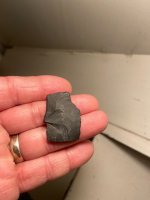
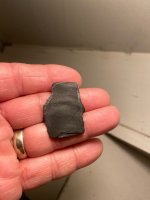
I wiped off the salt residue
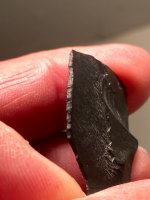
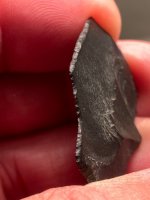
The reworked edge is only done on one side
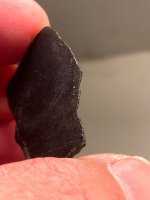
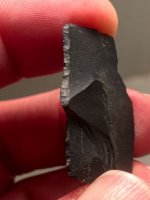
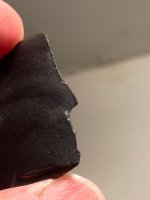
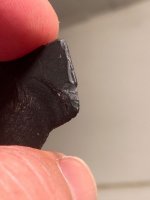
Not sure about the black lithic


I wiped off the salt residue


The reworked edge is only done on one side




Not sure about the black lithic
Upvote
0






